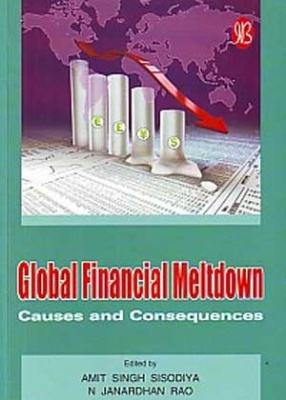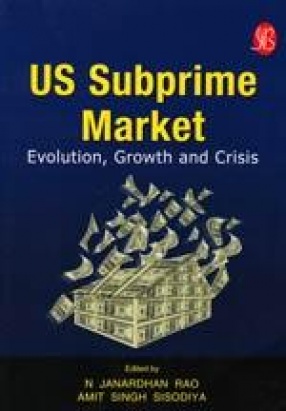
Amit Singh Sisodiya

Showing all 10 books







A slew of big-ticket cross-border deals in recent times reaffirms the fact that India Inc has finally arrived on the global M&A scene. If Tata Tea became the first Indian firm to do a big-ticket deal by acquiring Tetley of Britain in 2000, another of the group firm Tata Steel created history, when it acquired once again a British company, Corus in January, 2007, although it is just a coincidence that both the acquired firms are from UK. AV Birla Group, ...

The term, 'Bottom of the Pyramid,' was first coined by management guru, CK Prahalad, who along with Stuart Hall of Cornell University in his 2002 path-breaking article, "The Fortune at the Bottom of the Pyramid," provided the first articulation of how companies can profitably serve a huge untapped market of more than 4 billion people living on less than $2 per day, which according to Prahalad, has remained largely underserved and unserved till today. ...

Banking has put India on the world map. Some of these banks are SBI and ICICI Bank. In fact, many home-grown banks are now ready to enter international markets with financial muscle and confidence due to a change in mindset and a paradigm shift in this sector aided by liberalization and globalization. Besides, the government's reform measures and proactive steps by the Reserve Bank of India have catapulted its growth. This and much more in this treatise on Indian ...

Formulating an effective urban planning on account of urbanization is a major issue facing India, today. Rising population coupled with growing migration from rural areas is putting an enormous burden on the country’s cities, already faced with poor and deteriorating infrastructure; according to the latest census data, the urban population at 286 million constitutes about 28% of the country’s total population of 1028 millions. The problem is further worsened ...

Agribusiness promises to be the next sunrise sector for India. Agribusiness sector consists of businesses that either supply farm inputs or are involved in the marketing of farm products through warehousing, processing, wholesaling and retailing. It can hence be thought of as consisting of economic activities relating to the supply chain of agricultural inputs and the supply chain of agricultural products. The sector can play a major role in linking farmers to ...

The word 'Subprime' was voted the word of the year in 2007 by the American Dialect Society. And fittingly so. Subprime crisis remained the most talked about and debated issue among policymakers, central bankers, media and the public, not just in the US but in other continents like Europe and far-off countries such as China and India. The fears of a contagion effect became evident after the British lender, Northern Rock, disclosed in September, 2007, that it ...

Globally, SMEs' role in development and job creation has been well recognized. In India, post-independence, SMEs gained in importance with the advent of planned economy from 1951 till 1991 as the subsequent industrial policy followed by the Government earmarked a special role for the SME segment. Due protection was accorded to the segment till 1991. SMEs always represented the model of socio-economic policies of the Government of India which emphasized judicious ...

The PSUs were created to play a pivotal role as envisaged in the economic model adopted by the country in the post-independence era, inspired essentially by the Soviet socialist model. A large number of PSUs were set up across sectors, which have played a significant role in terms of job creation, social welfare, and overall economic growth of the nation; they rose to occupy commanding heights in the economy. Over the years, however, many of the PSUs have failed ...

If a sector that has grown phenomenally in India, but has not got the kind of attention the financial market has got, it is the real estate sector. In 2005 alone, the real estate market in the country touched a total of 23 million sq. ft. of new space, as compared to 18 million sq. ft. in 2004. The housing sector has also been growing at an average of 34% annually and experts estimate that there will be annual shortfall of 20 million housing units through 2011, ...
